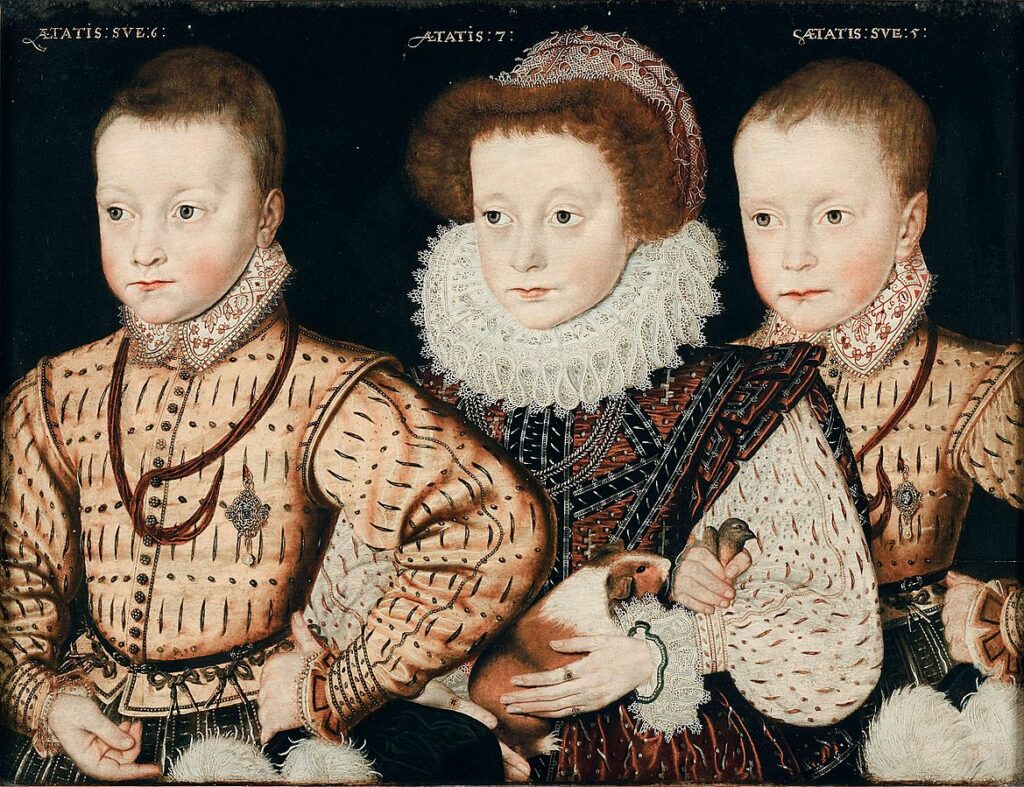Cavia porcellus

Til
The guinea pig or domestic guinea pig (Cavia porcellus), also known as cavy or domestic cavy, is a species of rodentbelonging to the family Caviidae and the genus Cavia. Despite their common name, guinea pigs are not native to Guinea, nor are they biologically related to pigs, and the origin of the name is still unclear. They originated in the Andes of South America, and studies based on biochemistry and hybridization suggest they are domesticated descendants of a closely related species of cavy such as C. tschudii, and therefore do not exist naturally in the wild.[1][2]
In Western society, the domestic guinea pig has enjoyed widespread popularity as a household pet, a type of pocket pet, since its introduction by European traders in the 16th century. Their docile nature, friendly responsiveness to handling and feeding, and the relative ease of caring for them have made and continue to make guinea pigs a popular choice of pet. Organizations devoted to the competitive breeding of guinea pigs have been formed worldwide, and many specialized breedswith varying coat colors and textures are selected by breeders.
The domestic guinea pig plays an important role in folk culture for many indigenous Andean groups, especially as a food source, but also in folk medicine and in community religious ceremonies.[3] The animals are used for meat and are a culinary staple in the Andes Mountains, where they are known as cuy. A modern breeding program was started in the 1960s in Peru that resulted in large breeds known as cuy mejorados (improved cuy) and prompted efforts to increase consumption of the animal outside South America.[4]
Biological experimentation on domestic guinea pigs has been carried out since the 17th century. The animals were so frequently used as model organisms in the 19th and 20th centuries that the epithet guinea pig came into use to describe a human test subject. Since that time, they have been largely replaced by other rodents such as mice and rats. However, they are still used in research, primarily as models for human medical conditions such as juvenile diabetes, tuberculosis, scurvy(like humans, they must get vitamin C), and pregnancy complications.

National Portrait Gallery, Elizabeth I and Her People, 2013
Den äldst kända avbildningen av ett marsvin i Europa publicerades på 1550-talet i den schweiziske naturalisten Conrad Gesners verk Historia animalium.[4] Men det äldsta kända avbildningen av ett marsvin i Europeisk konst förekommer i en porträttmålning av tre engelska syskon från 1580-talet.[4] Sin främsta period hade marsvin som motiv inom västerländsk konst under 1600-talet.[4] Djuret förekommer då i verk främst hos ett antal nederländska konstnärer som Jan van Kessel och David de Coninck, men framförallt i målningar av Jan Brueghel den äldre (1568–1625), som samarbetade med Peter Paul Rubens.[4] Bruegel d ä var en framstående landskaps-, djur- och stillebenmålare och han fyllde sina målningar med exotiska djur, växter och föremål.[4] I hans målningar förekommer marsvinet så pass ofta att de har kallats för hans signaturdjur.[4]